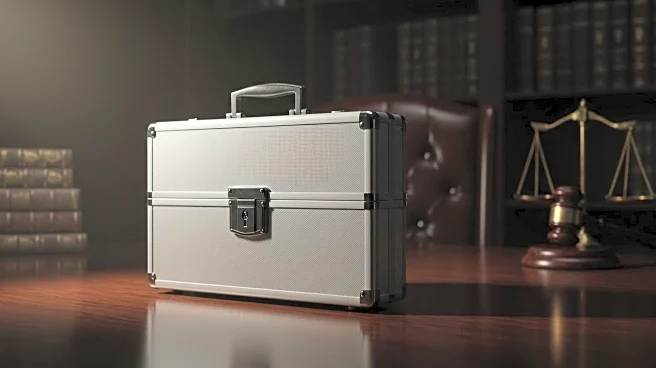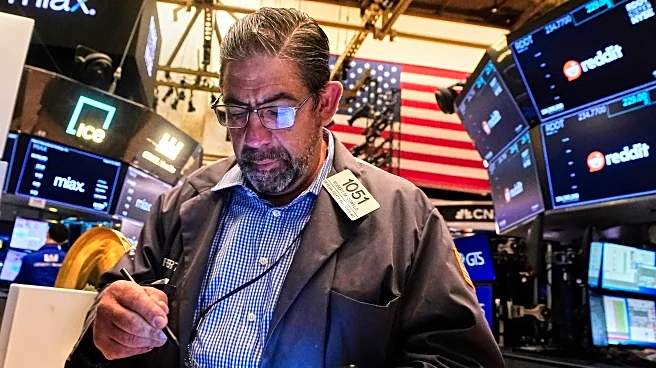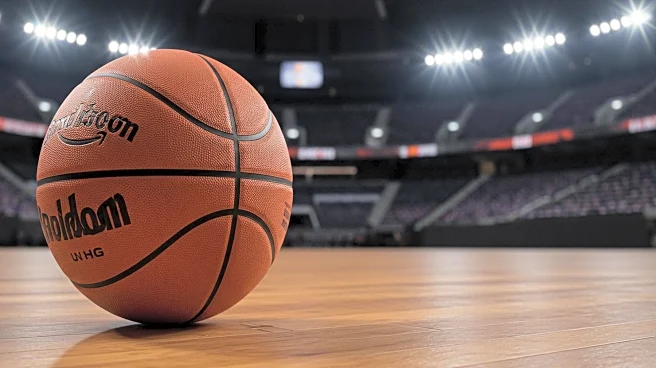What's Happening?
Lawyers representing Danjaq, the U.S. company controlling James Bond merchandising rights, are engaged in a legal battle to retain control of the superspy's name across Europe. The dispute arises from claims by Josef Kleindienst, a Dubai-based property developer, who argues that the trademarks associated with James Bond have lapsed due to lack of use. Kleindienst is challenging nine trademarks related to Bond's name, 007 assignation, and catchphrase, citing commercial underexploitation. In response, Danjaq's legal team has filed extensive evidence to demonstrate ongoing use of the Bond name in merchandising, including partnerships with high-end brands like Turnbull & Asser and Lock & Co Hatters.
Why It's Important?
This legal battle has significant implications for the James Bond franchise, a multibillion-pound global entity. If Kleindienst's challenge succeeds, it could disrupt the merchandising and branding strategies of the franchise, potentially affecting its commercial viability. The outcome of this case could set a precedent for intellectual property rights concerning iconic cultural brands, impacting how they are managed and protected. Stakeholders in the entertainment industry, including Amazon, which recently acquired MGM Studios, are closely monitoring the situation as it could influence future Bond productions and related ventures.
What's Next?
The legal proceedings will continue as Danjaq's lawyers present evidence to counter Kleindienst's claims. The European trademark office will review the submissions, which include commercial data and marketing activities supporting the Bond brand's active use. Meanwhile, Amazon, having gained creative control of the franchise, is preparing for the next Bond film, with Denis Villeneuve set to direct and Steven Knight to write. The resolution of the trademark dispute will be crucial for the franchise's future direction and its ability to innovate and expand.
Beyond the Headlines
The case highlights the challenges of maintaining intellectual property rights for long-standing cultural icons. It raises questions about the balance between preserving legacy and ensuring commercial relevance. The legal principles governing trademark use and protection are under scrutiny, potentially influencing future cases involving other iconic brands. The outcome could affect how cultural properties are managed to remain accessible and engaging for new generations.













